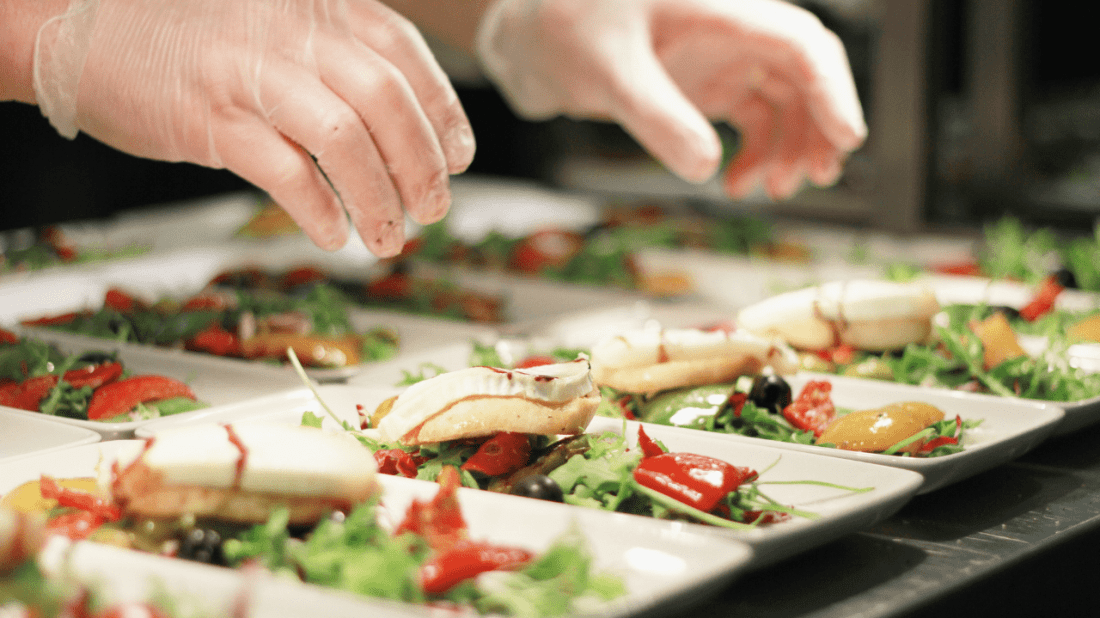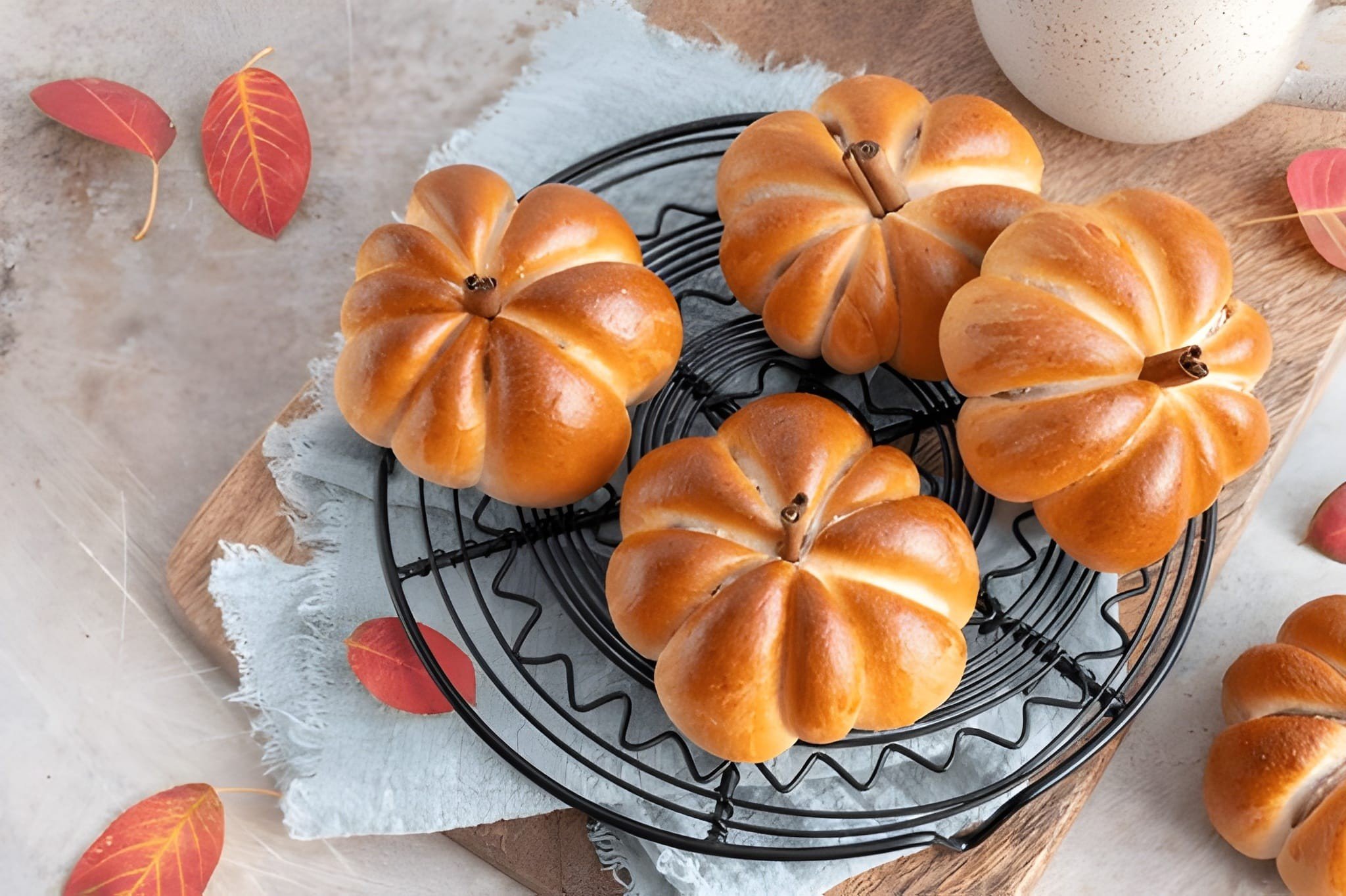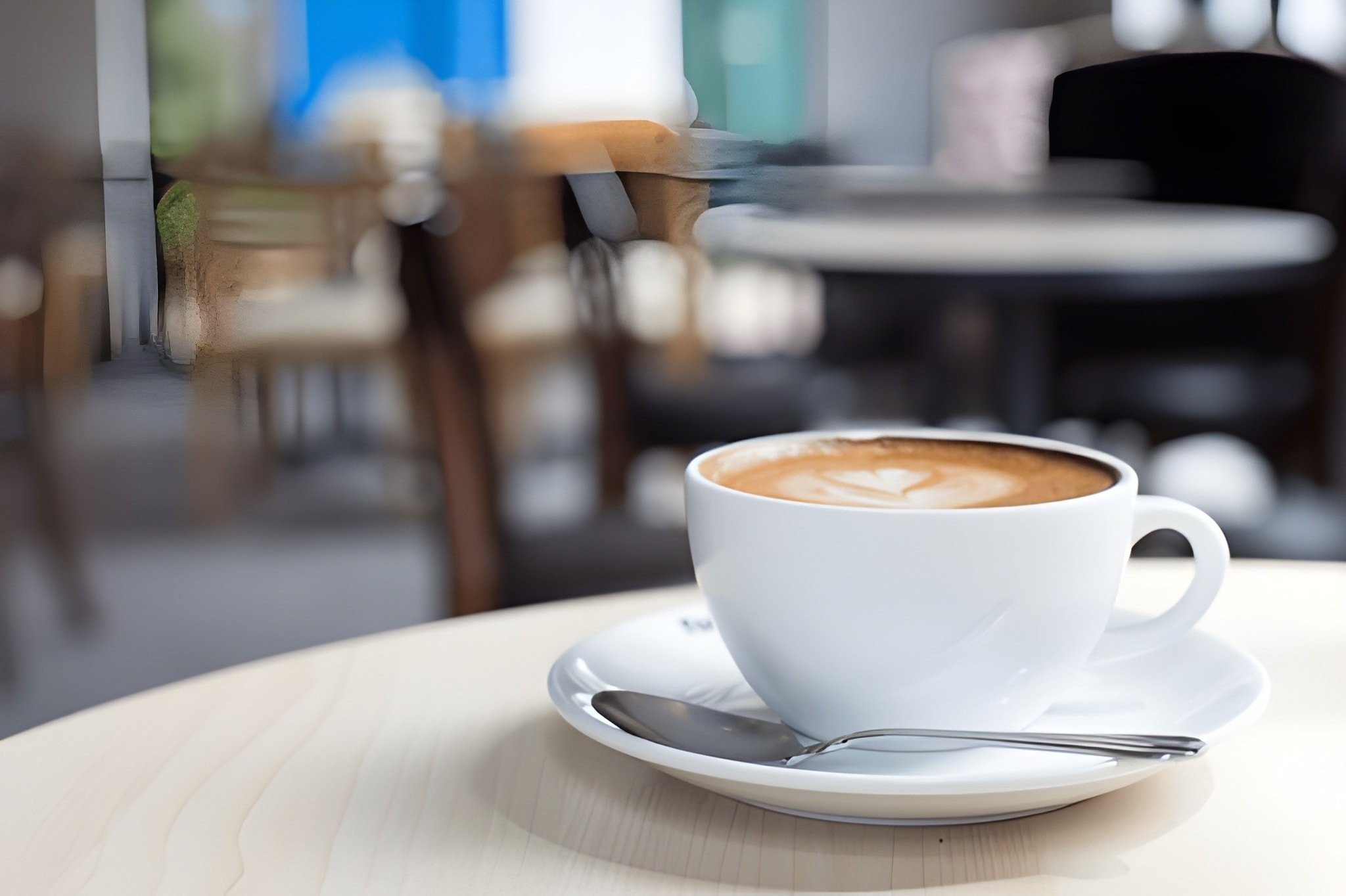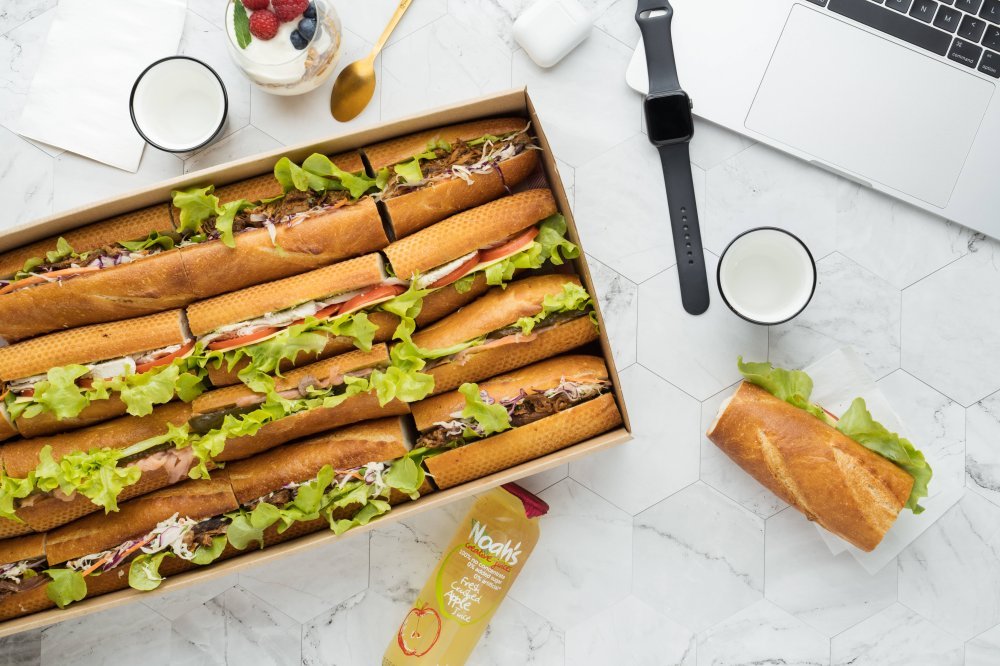Catering for Lunch Buffets: Tips for Keeping Food Fresh and Hot
Maintaining food freshness when catering lunch events is essential to providing guests with high-quality meals that exceed expectations. No one likes having to consume old, cold dishes! Therefore, taking measures such as keeping hot plates at proper temperatures throughout an event is vital to guaranteeing satisfaction from attendees and clients alike. In this blog, we offer some essential tips for keeping lunch catering food fresh that allow you to provide guests with exceptional meals!
This blog provides catering professionals and event organisers with practical tips for serving hot food promptly at events, weddings, or parties - avoiding mistakes while keeping dishes flavorful for an incredible dining experience. Employ these techniques at corporate functions, weddings, or parties to impress clients by keeping food deliciously fresh on each occasion!
Preparing Tips for Lunch Catering
Are you catering lunch boxes for an event or gathering? Here, we will share some tips that will help make sure it tastes great and is safe.
- Ensuring cleanliness and proper food handling
As always, cleanliness and proper food handling must remain your highest priorities. Check that all surfaces, utensils, and equipment are clean and sanitised; wash hands before handling food; wear gloves if required to protect hands from cross-contamination; separate raw meats from other food to minimise cross-contamination risk.
An International Journal of Food Microbiology study discovered that foodborne illnesses are usually the result of cross-contamination involving raw meat coming into contact with other foods or surfaces, leading to the cross-contamination of bacteria that then affects other sources, such as other surfaces or foods.
- Food selection and storage techniques
Food should always be chosen and stored with fresh and high-quality ingredients, inspecting fruits and vegetables regularly for signs of spoilage before discarding those that appear soft, mushy, or discoloured. Refrigerate perishable items at or below 40 °F until their expiration dates pass - keep any perishable foods chilled at or below this threshold for optimal quality and safety.
- Importance of maintaining the right temperature
Maintaining the appropriate food temperature is paramount to ensuring its safe consumption. Hot meals must remain between 140 °F and 40 °F; cold dishes or coolers can help ensure cold food remains cool. Chafing dishes or warming trays may help warm hot items; alternatively, ice packs or coolers could keep cold items colder for extended periods.

Tips for Keeping lunch catering Food Fresh
One of the key aspects to keep in mind when planning a corporate catering event is keeping the food fresh and delicious for your guests. Below are a few suggestions to assist:
- Use chafing dishes and hot boxes
Chafing dishes and hot boxes can be your allies when keeping food warm for hours without drying it out or letting it get cold. Chafing dishes work especially well for keeping hot dishes like pasta warm, while hot boxes work wonders with items like sandwiches or wraps. For example, when hosting a party and serving spaghetti, use chafing dishes to keep it hot without drying it out. Simply transfer cooked pasta from its pot into one with a lid, add water as needed to moisten, and light the fuel source under it to maintain warmth - giving guests enough room to return multiple times without worrying that their serving of cold or sticky noodles might get cold or soggy before helping themselves! This allows guests to help themselves without fearing cold pasta that clumps together as they help themselves to more servings without worrying that they might encounter cold or soggy noodles when serving up seconds or thirds!
- Keep Your Food Covered
Protecting food against contaminants while also keeping it moist is key. Use plastic wrap or lids when transporting dishes so they are completely covered and fresh for consumption. Research has proven that covering food with plastic wrap or lids can protect it against contaminants while maintaining moisture. A Journal of Food Protection study demonstrated this by finding that covering bread slices with cling film significantly reduced microbial growth compared to leaving them out unprotected; similarly, another International Journal of Food Microbiology study demonstrated this by finding that covering tomatoes sliced thin with lids significantly decreased bacteria and yeast on their surfaces.
- Monitor and control temperature
Thirdly, monitoring and controlling your food's temperature is crucial. Hot dishes should be maintained at 140 °F or higher; cold dishes, however, must remain below 40 °F. You should use a thermometer regularly and adjust as necessary. - remember to label all your prepared items so you know exactly when they were created and stored away!
- Maintain Hygiene
Good hygiene when handling food is of the utmost importance, so always wash your hands frequently and wear gloves while handling and serving it. Also, be sure to use clean utensils and dishes when serving food!
Keeping Food Hot
Maintaining hot food after spending so much effort preparing it, having it go cold can be annoying and disheartening. But with proper equipment and some helpful strategies in mind, keeping food hot for as long as needed won't be an issue. - let's examine ways we can keep our meals hotter for longer!
- The right equipment for keeping food hot
Maintaining hot meals requires using quality equipment such as warmers, chafing dishes, and slow cookers that maintain constant temperatures for your dishes. Aluminium foil, insulated food carriers, or towels may also come in handy to wrap around and heat protect them while they warm.
- The use of warmers and steam tables
Warmers and steam tables are excellent tools for maintaining an extended hot temperature for catering events or large gatherings. Warmers use low heat, while steam tables use hot water to maintain consistent temperature control - both are highly versatile tools suitable for catering large gatherings or events.
- Tips for keeping specific foods hot
Different foods require various means to stay hot. When serving soup, for instance, using a soup tureen on top of a warmer is ideal for maintaining its consistent temperature; similarly, for roast meats, use either a slow cooker or chafing dish to maintain moisture-retaining temperatures, and for side dishes such as mashed potatoes, use a double boiler to avoid becoming overly dry.

Serving Tips
When it comes to serving food, you must note a few key things to ensure guests' happiness and wellness. Below are a few helpful hints that will ensure your dishes remain delicious, fresh, safe, and healthy for consumption.
- Replace the food frequently
No one likes eating old or stale food, so dishes must be regularly replaced to ensure guests receive only high-quality fare. This is particularly essential with perishable items like meats, dairy products, and salads; leaving food sitting out can become a breeding ground for bacteria or harmful pathogens that will compromise its integrity over time.
- Use a food thermometer to check the temperature
One of the key elements to keep in mind when serving food is temperature. You want to ensure that hot dishes stay hot. In contrast, cold ones remain cold. Use a food thermometer to monitor this aspect and ensure all dishes have been cooked to an ideal temperature and remain served at that level while being consumed. This helps avoid potential foodborne illness risks for guests who visit you!
- Discard any food that has been out for more than two hours
Studies by the USDA and other organisations have demonstrated that leaving perishable food out for more than 2 hours without refrigeration increases its risk of foodborne illness; according to USDA reports, bacteria numbers double every 20 minutes at room temperature. Perishable foods should never be left sitting at room temperature for longer than two hours, as bacteria quickly multiply after that point and increase the risk of foodborne illness. Therefore, if any perishable items have been out for any length of time, throwing them away and replacing them with fresh food products as soon as possible is wiser.
Contact Catering Zone
Catering Zone offers delicious and effortless lunch catering in Sydney. Our expert team can assist in choosing a menu tailored specifically to any special event or gathering, whether corporate or informal.
At Catering Zone, our mission is to deliver effortless service so that our guests can fully focus on enjoying themselves during an event without stressing over food preparations or menu selection. Plus, with mouthwatering dishes like ours on offer, they will remember it for days after! We pride ourselves in creating memorable dining experiences - you sit back, relax, and let our professional caterers handle everything - for our clientele and guests! Our meals will leave everyone talking - your guests won't stop talking about our delectable dishes, which will leave everyone talking for days!
Why not give us a try? Reach out to us and discover how we can make your next event an experience to remember!
Conclusion
So we've discussed the significance of fresh food in lunch catering, but why does that matter so much? Consider it like this - would you want to eat an old sandwich that had been sitting out all day in the sun? Probably not; fresher fare not only tastes better but is also safer.
Maintaining proper food storage and handling temperatures at lunch catering events or meetings is crucial for avoiding bacteria growth and foodborne illness. No one wants to get sick from bad food at an important meeting or event! Whether catering for small or large crowds, ensure your food is properly stored and handled to prevent sickness from eating subpar dishes.









